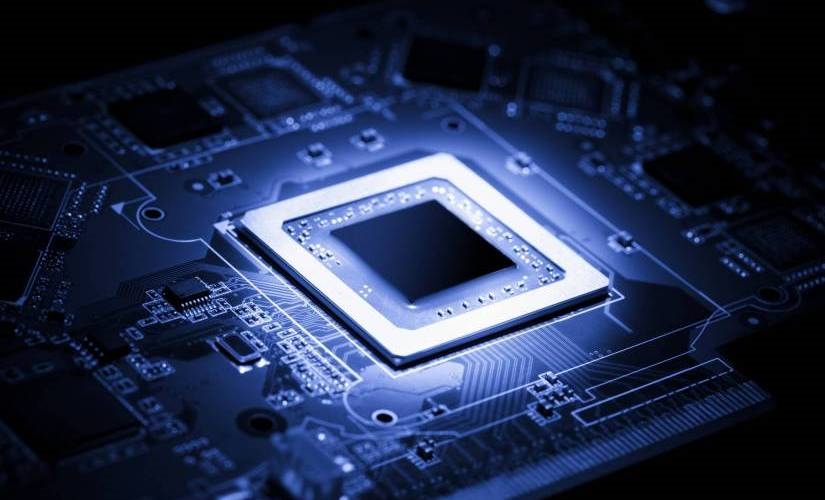Adding Cellular Connectivity to Your IoT Device
Adding Cellular Connectivity to Your IoT Device

In an increasingly connected world, data drives decision making within organizations, from the world’s most significant to the smallest. The Internet of Things (IoT) – an ever-expanding network of devices – promises to offer business leaders even greater insight, but that means original equipment manufacturers (OEMs) must seize the opportunities and the challenges that are presented.
To realize the potential of the IoT, new technologies must be enabled by reliable wireless connectivity.
Cellular connectivity provides precisely that. Cellular devices can be deployed anywhere, seamlessly provisioned, and just work. WiFi devices require complicated configuration for the nearest hotspot.
Cellular networks are established, trusted, and secure. They also require a subscriber identity module, or SIM, to authenticate a device so it can be connected to a mobile network, and to store and process sensitive subscriber information.
A SIM needs to be found and installed for each country or region a device ships to.
However, a traditional SIM card can create challenges for OEMs that are trying to meet the needs of data-hungry organizations and make their previously ‘dumb’ devices smart. A SIM needs to be procured and installed for each country or region a device ships to, which complicates manufacturing and logistics. For customers, who have to physically swap the SIM card when they want to switch providers to improve connectivity or control costs, it’s inconvenient and prohibitively expensive in the case of large-scale deployments.
The embedded SIM (eSIM) or eUICC addresses all these concerns and enables seamless connectivity and invaluable data insights.
The Benefits of eSIM
The eSIM is still a physical SIM, but it’s not removable, it’s soldered into a device. The eUICC element, as outlined in the GSMA specifications, allows for the carrier provider to be changed remotely without any physical swapping of SIMs. As a result, it offers significant advantages over traditional cards:
Smaller size: the chip is approximately half the size of a nano-SIM. Also, the space that would have been allocated to a card tray and contacts is no longer needed, so the size of a device could be reduced. Additionally, connectivity could be added to smaller products, or space could be used for value-adding features such as a larger battery or more components.
Remote management: SIM profiles can now be updated digitally using remote SIM provisioning (RSP), which eliminates complex SIM sourcing and logistics for OEMs. It also means that device makers can offer enterprises IoT devices that can be deployed across businesses, cities, or countries with a more cost-effective way of managing them at scale.
Lower costs: the smaller form factor lowers costs, while the total cost of ownership can be reduced as a result of reduced complexity in the supply chain and in device management.
Maintains security: according to the GSMA, eSIM provides an equivalent level of security as the removable SIM card. You can’t damage it as easily, tamper with it or steal it, and it’s better able to withstand harsh environments.
Faster deployment: connectivity is built into the device from the outset so that IoT projects can get off the ground quicker. Cellular devices can be deployed ANYWHERE, seamlessly provisioned, and work. Wifi devices require complicated configuration for the nearest hotspot.
Differentiation: in a world where data are increasingly driving decision making, the seamless connectivity that eSIMs enable can be a point of differentiation for device makers (for example, versus WiFi counterparts), and will help us realize the potential of the IoT.
The Industry’s Response to eSIM
Recently, Arm asked a range of partners from across the Arm ecosystem for their views on new SIM technology. Eighty-eight percent of OEMs said they were aware of eSIM and understood the potential benefits and the opportunities it offers. However, they also had concerns.
- More than two-thirds (68%) of people believed their more established stakeholders would be reluctant to move away from traditional SIM technology.
- Nearly half (44%) said the complexity of delivering eSIM projects worried them.
- And more than half of respondents (57%) said they were concerned about the cost of adoption.
Confidence in the technology will grow as more OEMs embrace it and an increase in the number of products with seamless connectivity will lead to lower manufacturing and implementation costs. The total cost of ownership for eSIM, as described earlier, is much lower than for the traditional SIM, and the savings will filter through the value chain as eSIM becomes more popular.
For now, though, much of the awareness comes from within larger manufacturers involved in the automotive sector, or through organizations developing consumer connected devices such as smartphones, watches, or laptops. More support and information will need to be provided to OEMs, in particular, small- and medium-sized organizations if we want to boost confidence in the market and accelerate adoption.
For that reason, we’ve produced a white paper to make building cellular connectivity into an IoT device simpler. It outlines the top seven considerations for every project. They are:
-
Selecting a Cellular Technology
In addition to the widely used 3G and 4G networks, and emerging 5G technology, Low Power Wide Area Network (LPWAN) specifications compete for large-scale IoT deployment. The use case and other factors such as power, performance and mobility requirements should inform the choice of technology.
-
Finding the right SIM
The eSIM has been developed to meet the needs of two distinct markets: machine-to-machine or IoT (e.g., smart meters) and consumers (e.g., mobile phones). Besides, the physical form can come in different grades, providing greater robustness for applications such as the automotive industry.
-
Choosing an Operating System
The components that make up an operating system (OS) and connect a SIM to a network are defined in global standards. They enable a device to move seamlessly between networks and carriers. To select an OS, several essential criteria should be considered, including compliance, network support, and footprint.
-
Establishing Initial Connectivity
An eSIM must be configured with a bootstrap profile so a device can connect to a network from the outset. The choice of profile will be determined by cost, and the coverage and flexibility required.
-
Personalization
When a SIM is created, it’s given a unique identity and loaded with the data that enables it to authenticate to a network. This process is called personalization. The business relationships, certification, and RSP platform used by the personalization partner should be considered before moving forward.
-
Deployment and Remote Management
The GSMA’s standard structures and processes set out the requirements for the remote management of devices using RSP. To enable that functionality, module and device manufacturers must upload information about the eSIM to an RSP platform. Accreditation, ease of integration, and interoperability are all crucial factors to consider before an RSP partner is selected.
-
Standards and Certification
Global specifications have been developed to ensure manufacturing, security, personalization, and RSP meet agreed standards. It further is agreed that devices operate effectively across networks, carriers, and vendors. OEMs should be familiar with these requirements.
A number of eSIM solution providers exist to help OEMs realize the benefits of the IoT. Many will take manufacturers through all of the steps highlighted above, either in a consultancy capacity or by offering an end-to-end service. Arm provides flexible support and is one of the few to suggest OEMs take advantage of a free trial period before making a longer-term commitment.
In a recent blog, Arm outlined the extraordinary potential for growth in the cellular IoT technology market, where revenue is estimated to reach almost £8 billion by 2025. eSIM, and the emerging technology iSIM or integrated eUICC, which puts SIM functionality into the system-on-chip (SoC), enable us to reach more people, move into hard-to-access areas and cross borders while reducing the cost and complexity of IoT.
For more information on building cellular connectivity into your next IoT design, please download the white paper from the Arm website: https://learn.arm.com/kigen-cellular-guide.html
Image Credit — GettyImages #149081218
The post Adding Cellular Connectivity to Your IoT Device appeared first on ReadWrite.
(58)


